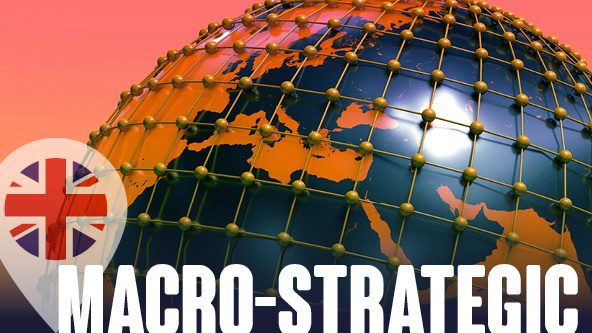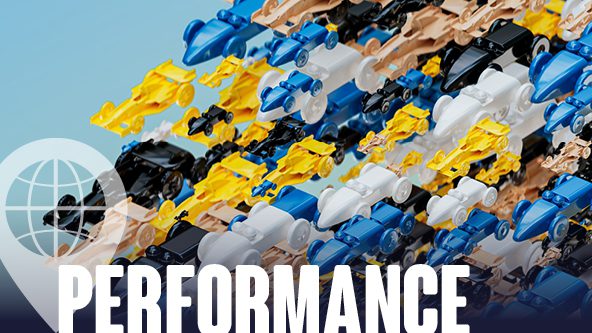Future of Work and People Strategy
Blog: Agile HR – More Than Just ‘Doing Things Quickly?’
Agility is an advanced and dynamic management capability. It helps the organisation to make timely and effective changes which help maintain competitive advantage in a fast-paced context. Rather than being a one-off intervention, or only focus on current performance, agility should involve sustained changes that work over the longer-term. Fundamentally, HR’s role in an agile organisation is no different from its function in a traditional organisation; to build the capability of the organisation to deliver its strategy and create sustainable value for its stakeholders.
If agility is important for your organisation, then both HR and senior leadership need to define it, focus on it and nurture it. Rather than just adopting practices or benchmarks, agility requires HR to have a deep and sophisticated understanding of the external environment, business strategy and key objectives. HR processes must be designed first in support of the organisation’s objectives, and second with flexibility and speed in mind.
First, get basic HR management processes right
An organisation cannot become agile unless it first has solid basics in place. For HR, this means focusing on what’s actually important and adds value, rather than just chasing the latest fad. This includes keeping processes as unobtrusive as possible, minimising bureaucracy and improving continuously. If you are not first doing the basics well, then it makes no sense to unsystematically abandon performance ratings, crowd-source feedback or eliminate hierarchy – processes often associated with agile HR.
Then, focus on two additional and distinct features – flexibility and appropriate speed
Flexibility – the ability to operate the same process effectively under different circumstances – is a key part of agile HR. It is not the same as simply making continuous improvements or adjustments. Instead, flexible HR processes should utilise a variety of inputs and information sources and iterate and experiment as needed. For example, this could include encouraging all line leaders to view nurturing talent as their responsibility, rather than just something which HR does. That way, when they are called on to release people to make the career moves required to develop talent, they are prepared to do it.
Agile HR should also include acting at an appropriate speed. Whilst this does usually mean acting faster, just pressuring people to do things quickly is not, in itself, agility. Instead, it is about matching process cycle times to the pace of environmental and business change in a way that involves as much transparency as possible. Examples include having cycle times appropriate to your business cadence (e.g. are once a year talent reviews right for your business?) and regularly updating talent lists in line with the speed of change in the business.
Agile HR needs to design processes that are responsive and flexible to the changing needs of the business, and ensure it is keeping pace with the speed of change in the organisation. To achieve this, HR must have strong business acumen and influence, consider whether its practices are fit for purpose to support agility, and whether people processes need to be made faster or more flexible. There are no quick fixes, but good places to start include reviewing decision-making processes and HR systems with agility in mind, and ensuring the organisation is in touch with what’s happening in the external environment and how they need to respond.





